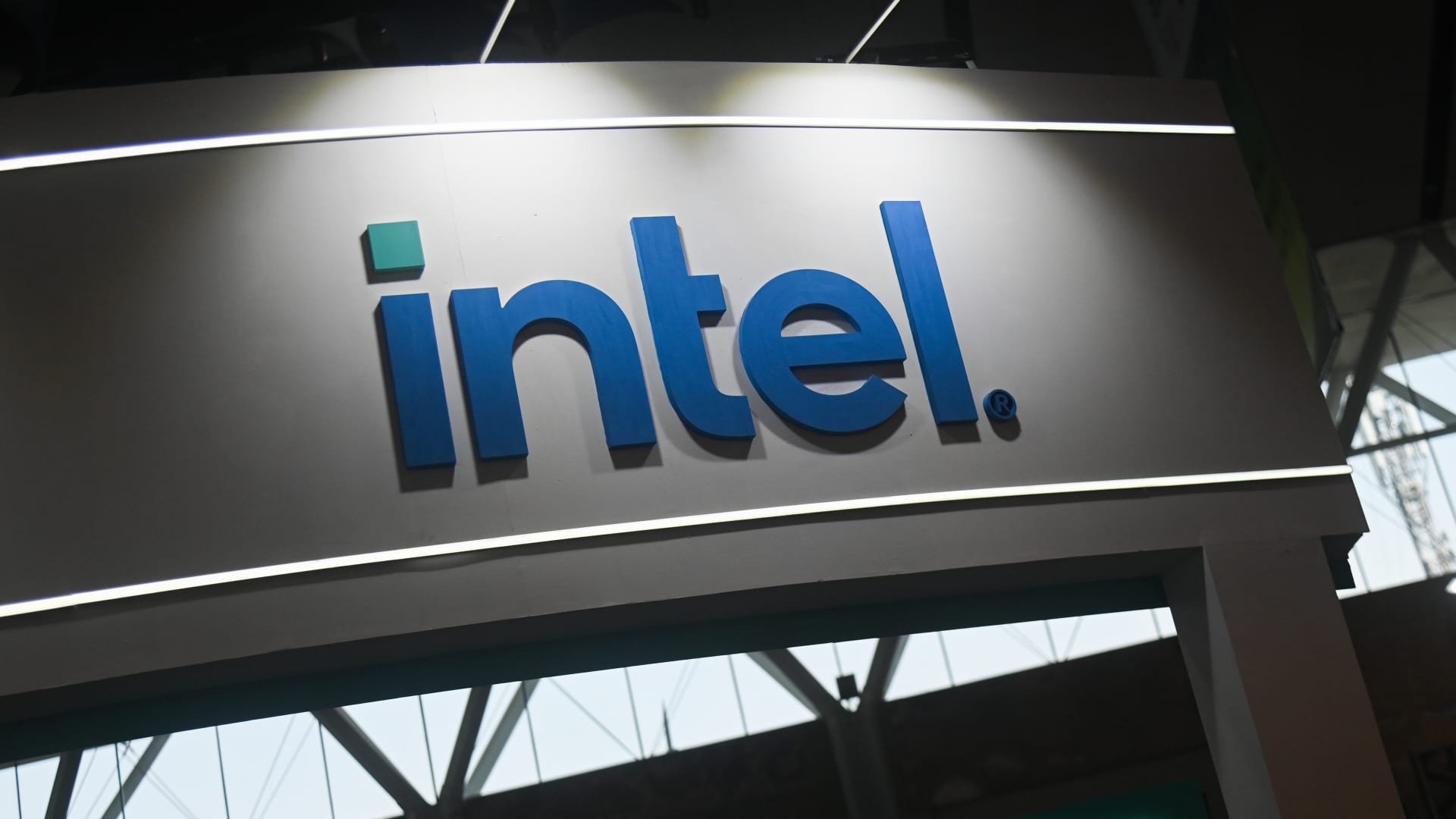Intel earnings due after Thursday’s close have a high bar to beat, particularly after a handful of large investments have shored up the the once beaten-down chipmaker. While some analysts are sticking by the company, many see worse days ahead for the stock. Intel shares have soared nearly 28% over the past month, putting its year-to-date gain at about 87%. The rally followed the Trump administration’s decision in August to take a 10% stake in Intel, negotiating an $8.9 billion investment through the purchase of 433.3 million shares at $20.47 per share. As the only American company capable of making advanced chips in the U.S., Intel already had received a flurry of government investments, including $2.2 billion from CHIPS grants, with the company set to receive another $5.7 billion. Investments from SoftBank and Nvidia also helped the chipmaker nearly double its value this year. The barrage of support has quickly hiked Intel’s market cap, but largely failed to lift analysts’ conviction on the stock longer term. Analysts polled by LSEG have a consensus price target of $28.03, which suggests nearly 25% potential downside for Intel stock. Of the 46 analysts covering the name, 35 rate the stock a hold, while six give it an underperform and two rate it a buy. Bank of America’s Vivek Arya is among the analysts with an underperform rating. He said the company’s fundamentals are “still challenged.” Meanwhile, Bernstein said Intel’s bull case appears to rest on the notion that “Trump wants the stock to go up.” Last quarter , Intel beat revenue expectations, but CEO Lip-Bu Tan slashed spending on the company’s chip factory construction, sending the stock lower. Take a look at what several Wall Street firms have to say about Intel ahead of its earnings print: Bank of America: Downgrades to underperform, keeps $34 price target Arya, whose price target suggests 8% downside for the stock, said the stock has climbed “too far, too fast.” One risk is that Intel needs to attract external customers since its foundry mostly serves its own chips, not those of others. “The recent $80bn jump in INTC’s market cap more than reflects its improved balance sheet and (external) foundry potential. Meanwhile INTC’s competitive outlook remains challenged with no discernible AI portfolio/strategy, uncompetitive server CPU, and less flexibility now vs. before in divesting loss-making manufacturing, in our view,” he wrote in an Oct. 13 note to clients. Bernstein: Maintains market perform, $21 target Bernstein’s price objective implies Intel could lose about 43% of its value from its latest close. The firm said it lifted its near-term PC and server market assumptions to account for strong PC shipments in the current quarter, but still expressed hesitancy on the company’s market share, lack of AI progress and manufacturing trajectory. “The upshot is that the near-term seem OK, ~$16B in cash infusion has helped to strengthen the balance sheet (though at considerable cost) 18A ramp is starting, and the company is back in the good graces of the administration,” analyst Stacy Rasgon wrote in a Monday note. “That being said their overall position is still precarious with substantial share losses still occurring in the product business, manufacturing that still feels up in the air, and numbers that seem too high to us into next year, all at a very stretchy valuation. But the real bull case for now seems to be ‘Trump wants the stock to go up’ which we are hesitant to argue with despite our view that fundamentals would support a more negative view; we continue to prefer avoidance.” Morgan Stanley: Reiterates equal weight, raises target by $13 to $36 Analyst Joseph Moore is looking for management commentary on Intel’s foundry, and raised its price target to reflect of foundry optimism. Still, the stock closed Wednesday 2% above Moore’s revised target. “We are skeptical on the reasons the stock has rerated (USG involvement, Nvidia partnership) but see numbers coming in above a low cons bar,” analyst Joseph Moore wrote in a Monday note. “While PC market growth has decelerated it has not yet shown signs of a significant fall off. We expect that to mean numbers come in slightly better than expected. However, it’s unclear how much that all matters with the stock up 100% since Aug 1st on a slew of headlines inspiring new levels of optimism around foundry. We don’t expect the messaging from management to change much on foundry, but that will be the focus.” Mizuho: Reiterates neutral, raises target by $16 to $39 Analyst Vijay Rakesh’s new price target — which suggests 6% potential upside — implies a discount to peers and incorporates headwinds from server CPU share and AI exposure, he said. “We see INTC’s investments from Softbank/NVDA/US govt for ~$16B as a huge near-term positive for INTC. Currently, we estimate INTC’s cash burn for 2025-27E at ~$17B, as it continues to spend on ramping foundry, albeit at a lower level than prior expectations, with profitability headwinds as it continues to lose share to AMD in PC/server,” Rakesh said in an Oct. 12 note. Deutsche Bank: Maintains hold, lifts target by $7 to $30 Intel might only reap the rewards of its investments and transformation efforts in a few years, according to Deutsche Bank. Its target is nearly 19% where the stock closed Wednesday. “The stock has clearly reacted favorably … indicating to us that not only is the price reacting to event catalysts but also likely attempts at assigning asset valuation to the co’s nascent foundry business (which we note remains particularly difficult to evaluate as it continues to lose ~$10b a year),” analyst Ross Seymore said in a Sept. 28 note. “While we applaud the steps has taken to bolster its cash balance, and appreciate the intrinsic value within the foundry business, we note that the true financial benefit of the steps taken by the company (investment in foundry, rehabbing their product roadmap, announced collaborations) remain unlikely until 2028+. The cash raising efforts do raise the financial “floor” of the company, but also lower the “ceiling” on potential PF EPS given the dilutive impact of additional equity.”





